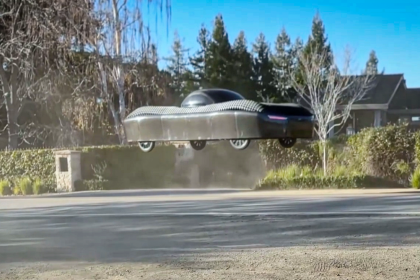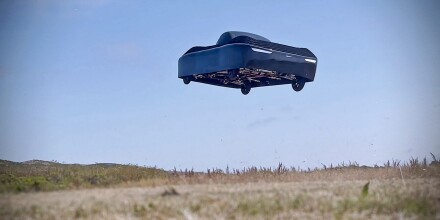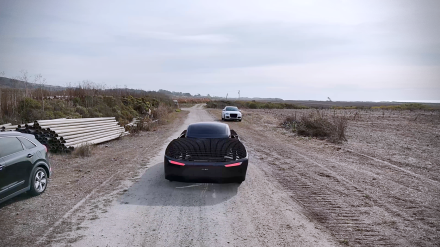Flying Car Project Achieves Milestone
California-based startup Alef Aeronautics has released video footage of what they claim to be “the first documented, verifiable flight of a flying car (an actual car, with vertical takeoff, non-tethered).” The video shows the company’s Model Zero ultralight prototype in action.

While other companies have developed flying car concepts, this marks a significant step forward for Alef. However, the released video is not without its limitations. The clip skips the takeoff phase, and no audio is included. This is a functional, full-scale drone on powered wheels.

In a social media post, Alef CEO Jim Dukhovny stated the car showed its “capacity to drive and take off vertically.”
The team has been working on the technology for over a decade. Draper Associates provided $3 million in seed funding in 2017, following the presentation of a prototype to Tim Draper, an early investor in SpaceX and Tesla.

Alef’s ambitious goal is to create a vehicle that can both drive on roads and take flight. The Model A version takes this a step further and is designed to transition to a cruise flight mode by rotating its cabin and wheels.

This mode will allow the car to fly up to 110 miles on a single charge, or drive up to 200 miles. The Model A is anticipated to be registered like a street-legal electric golf cart, with a top speed limited to around 25 mph.

Safety is a key priority for Alef. The company says the Model A will have triple to octuple redundancy in all key components, along with a ballistic parachute and obstacle detection systems. The vehicle’s design includes wings allowing for a potential gentle crash landing if power is lost.
While the Model Zero prototype is not mechanically revolutionary, if Alef can make the gimballed-cabin transitioning biplane of their Model A a reality, it could be a breakthrough. The company currently has approximately 3,330 pre-orders for the Model A, which is priced at around $300,000.

Further down the line, Alef plans to release a four-seat Model Z around 2035, which will have a 400-mile driving range and a 200-mile aerial range, with autonomous flight capabilities.


